
Chemical Process - Engineering
Q1: Yellow glycerine is made into white, usingA activated carbon
B diatomaceous earth
C bauxite
D bentonite
ANS:A - activated carbon Yellow glycerine is made into white using activated carbon. Yellow glycerine is made into white using activated carbon for several reasons: 1. Adsorption Properties:
2. Decolorization Process:
3. Chemical Stability:
4. Cost-effective:
Summary:In summary, yellow glycerine is made into white using activated carbon due to its excellent adsorption properties, ability to remove impurities and colorants, chemical stability, and cost-effectiveness, resulting in a higher quality, colorless glycerine product. |


For help Students Orientation
Mcqs Questions
One stop destination for examination, preparation, recruitment, and more. Specially designed online test to solve all your preparation worries. Go wherever you want to and practice whenever you want, using the online test platform.

